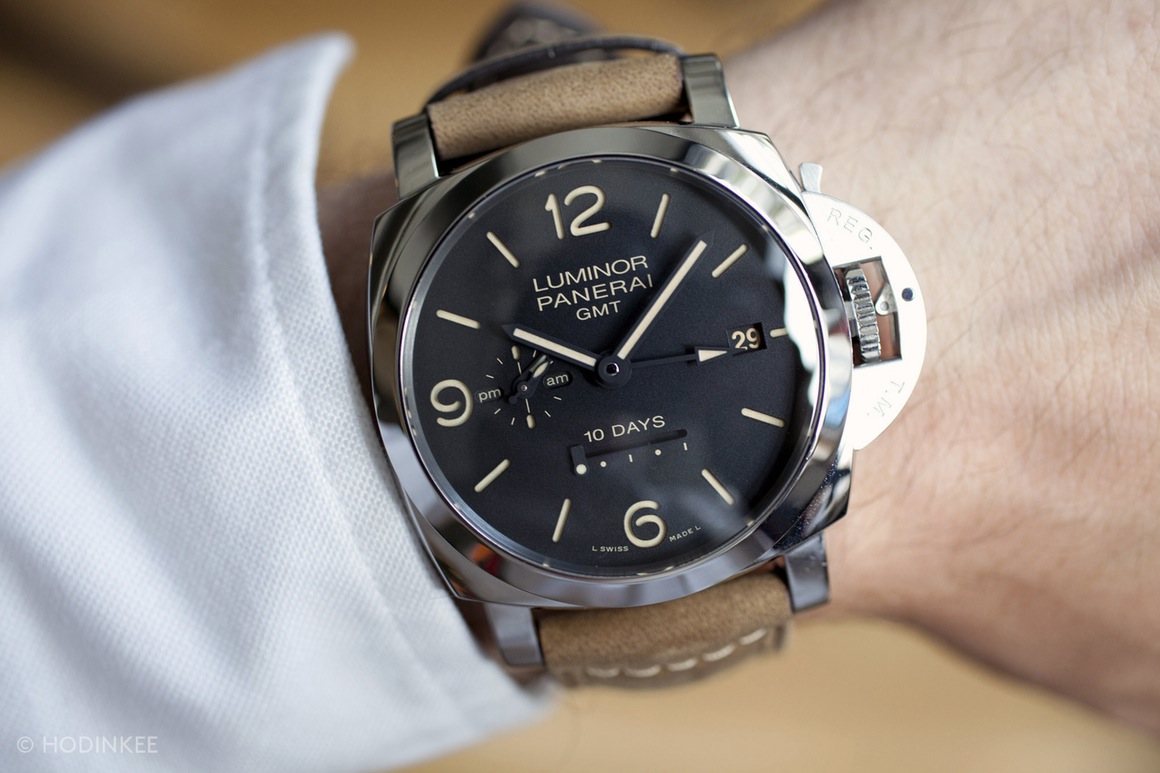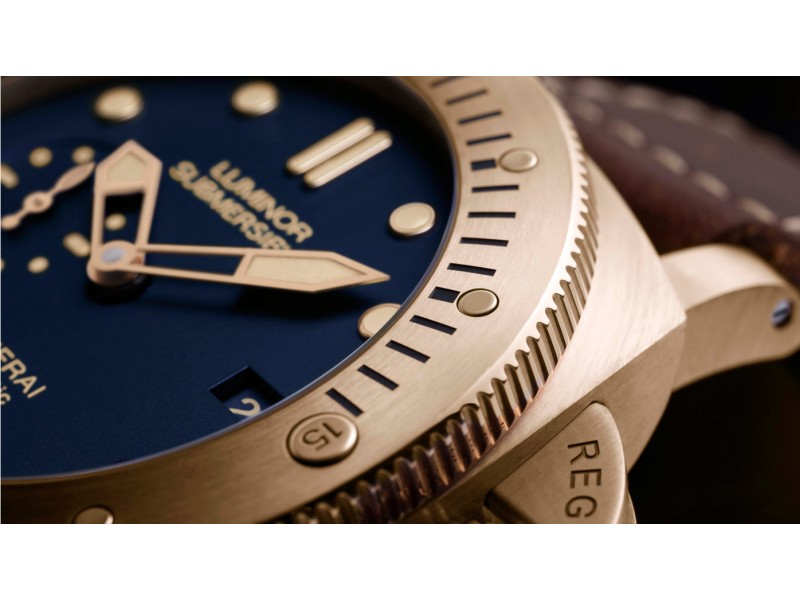
I get to visit a lot of watch production facilities and it is always both enlightening and reassuring to see the time and energy that watch brands invest in their quality control. Although there are international standards that govern a watch’s ability to resist certain things (ISO 764 for magnetism and ISO 22810 for water, plus ISO 6425 for the stricter requirements for diver’s watches are three notable examples), watch brands all have their own ways of testing their watches against these standards.
In the case of Officine Panerai, which opened its new production facility overlooking Lake Neuchâtel in 2014, the testing regime is quite possibly one of the toughest I have seen, incorporating certain tests and requirements that are unique in the industry. All of this is to ensure that when you buy a Panerai watch, you can be sure it has been tested rigorously, even beyond the scope of the international standards. Here are the main stages in the process.
1) At the level of homologation, series production watches are sampled at random to check a number of essential qualities, from a two-month accelerated age test (which can simulate up to 30 years of wear) to a stint in a climatic chamber at temperatures ranging from -40° to +90° C. Sounds extreme? Think of a Panerai watch in a shop window in Las Vegas at the height of summer and you are pretty close to the upper temperature value.

2) Because one of the main pillars of its research and development over the past three years has been innovation in terms of materials (with the arrival of new case materials such as Carbotech® and BMG (Bulk Metallic Glass)), Panerai has put in place measures to verify the integrity of these new materials using a gas penetration machine, which can measure the porosity of such materials at the nano scale.
3) Since the very origins of the Panerai brand are rooted in underwater work, great attention is paid to the effects of salt water on both the case and the legendary Panerai leather straps. In a special machine, these are subjected to artificial seawater and chemical recreations of the different varieties of human perspiration found around the world.
4) In addition to the ISO standard tests, Panerai has a machine that is unique among Swiss watch brands for simulating the effects of different decompression cycles in scuba diving.
5) As far as shock resistance is concerned, Panerai takes its testing so seriously that the entire room containing its various shock testing equipment is actually mounted on shock absorbers. One machine can expose watches to shocks ranging from the equivalent of someone rummaging in their bag for a watch right up to the 5,000g test, which involves dropping the watch from a height of one metre on to a wooden block. It was on this machine that Panerai realised the potential of BMG, since even when dropping the watch from the maximum possible height of the machine (well in excess of a metre) and on to a steel, rather than wooden, plate, the only damage caused was to the steel plate, which the BMG watch managed to dent on impact!
6) In the same room, the anti-magnetic properties of Panerai watches can be tested to the requirements of the above-mentioned ISO 764 standard.
7) As part of the life-cycle tests, a machine can even press the chronograph pushers 5,000 times to make sure that they are up to the task.

Besides these demanding tests, there are a number of other stages that a finished Panerai watch has to go through before it can leave the factory. As part of the final production tests, the movements are tested over the duration of their given power reserve fully automatically while they are still on the production line. Throughout the production process, each movement is accompanied by an RFID chip. At the penultimate stage in the testing process, the watch has its precision tested and the actual results are printed out directly on page 8 of the booklet that accompanies the watch. If the required precision is not achieved, the booklet cannot be printed.
In a final test, every single Panerai watch has its water resistance tested first by overpressurisation followed by depressurisation in air and then (and this is highly unusual for any watch brand) by submersion in water.
As you can see, before it even leaves the factory, every single Panerai watch has already undergone a barrage of severe tests to ensure that it will stand up to the tests of time.



